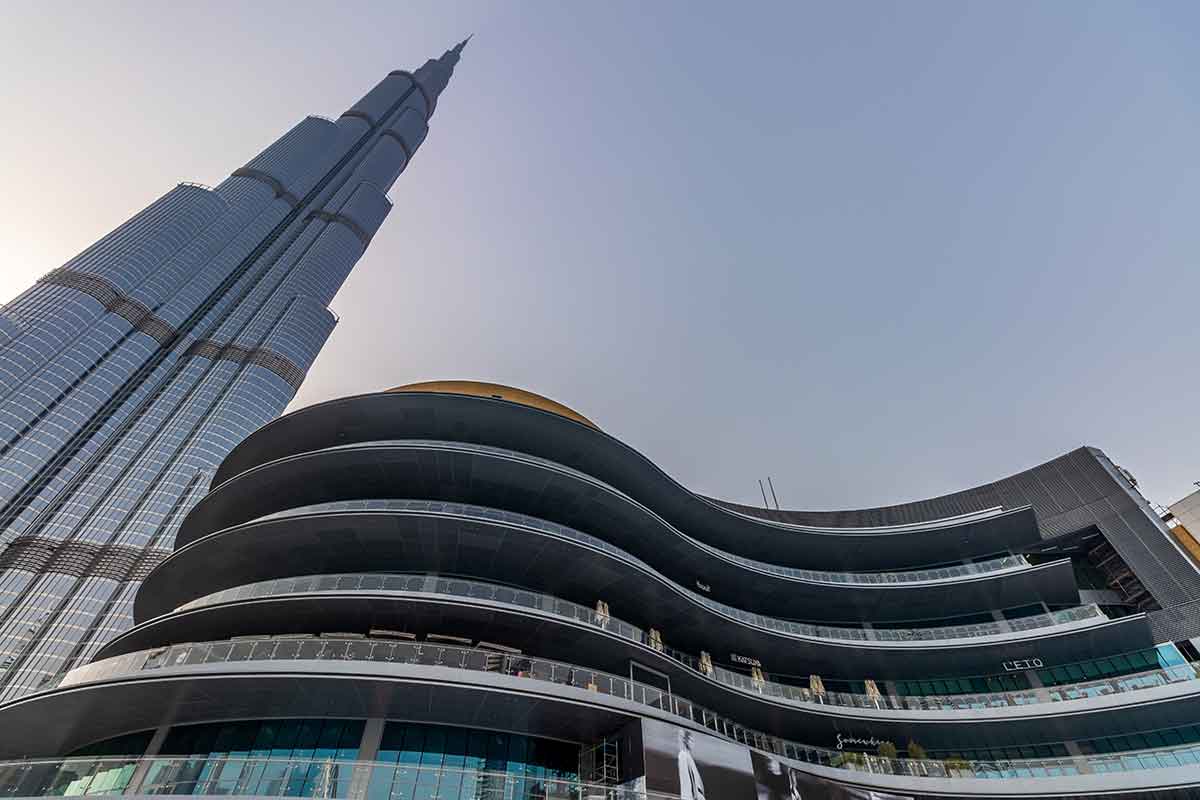Source of Article and all Credits to : Arabian Business
As residential offerings in the dynamic real estate industry continue to expand, residents and investors are presented with an array to choose from. The trend of branded residences is on the rise globally, especially in Dubai with noticeable increases in branded residential projects set to reshape the city’s skyline. However, are there distinctive advantages to owning a branded residence over a non-branded one or is the price tag only associated with the brand name?
The primary distinction between non-branded and branded residences lies in the exclusivity associated with established brand names. Sahil Khosla, CEO and Creative Director at SOHO Collection said in an exclusive interview with Arabian Business, “Branded residences often result from collaborations between luxury brands from various sectors, offering a unique lifestyle proposition.”
On the other hand, non-branded residences have a broader appeal and cater to a larger audience of end-users and investors. However, he emphasises that non-branded residences have made significant strides in upholding stringent quality and service standards, rivalling their branded counterparts.
“In fact, some developments offer greater flexibility and customisation, allowing residents to tailor their living experiences,” he added.
Khosla clarified that the key difference between the two residence types is “the exclusivity associated with established brand names,” describing branded residences as “trophy assets.”
“A disadvantage is that they [branded residences] are typically more expensive,” said Paul S., Associate Director – Off Plan & Investment, haus & haus Real Estate.
He believes that just because a residential development is associated with a brand it does not necessarily equate to quality.
“You can have a high-end non-branded residence and you can have poor quality branded residence, so it really does depend on the developer and the brand,” he explained.
“The premium associated with branded residences is due to the brand’s reputation, which often command a higher price. This premium stems from the allure of luxury and exclusivity attached to premium brand names, which elevate the property’s desirability and, consequently, its cost,” Khosla said.

In terms of quality and amenities, non-branded residences have rapidly closed the gap with branded residences. Khosla states, “Non-branded residences have surprised buyers with their exceptional build quality, craftsmanship, and attention to detail. These homes incorporate premium materials and features that are comparable to branded residences.”
Furthermore, non-branded residences also offer a range of facilities such as gyms, pools, play areas, and landscaped gardens.
While branded residences have traditionally attracted a niche market, Khosla notes that the target market for non-branded residences has expanded significantly.
He explains, “Non-branded residences appeal to a wider range of buyers, including those seeking a luxury lifestyle, long-term investment options, or even a second home.” The flexibility and broader appeal of non-branded residences have made them an attractive choice for a diverse group of investors.
When discussing the investment potential of these segments, Khosla highlights that both branded and non-branded residences offer promising opportunities. He states, “Branded residences are often seen as a safe investment due to their association with reputable luxury brands. However, non-branded residences can provide attractive returns as well, especially in dynamic real estate markets like Dubai.” Khosla encourages investors to carefully consider their goals and preferences before making a decision.
“When considering investing in Dubai’s real estate, it’s important for investors and buyers to compare non-branded and branded residences, especially when it comes to service charges and overhead costs of operating the property. These costs can significantly impact rental yields and capital appreciation potential,” he advised.
On the contrary, Sharland believes that non-branded residences “primarily target local residents, expats and investors seeking affordable yet quality homes,” while branded residences “residences typically attract luxury seekers, high-net-worth individuals (HNWIs), and global citizens looking for prestigious properties associated with renowned brands.”
He cautioned that due to the high costs generally associated with branded residences, “It could have a negative impact on the Return on Investment (ROI).” However, he stated that this could be advantageous as the high prices could mean that “it will most likely rent for more.”
“The [branded residence] exclusivity, while appealing, narrows down the pool of potential buyers for resale,” Khosla explained.
As residential offerings in the dynamic real estate industry continue to expand, residents and investors are presented with an array to choose from. However, the “right choice” depends on several personalised factors including preferences, goals and objectives.
“When it comes to investing in Dubai’s real estate, it’s essential to consider the liquidity of the asset, its potential return on investment, and the factors that influence these aspects. Non-branded residences might offer more liquidity because of their appealing prices, while branded ones could get higher prices later because of their enduring brand value and luxury experience. Understanding these dynamics is crucial for investors to make intelligent decisions,” Khosla concluded.
Earlier this month, Arabian Business reported that over 20,000 residential units are to be completed and handed out in Dubai this year, according to insight from Savills Middle East. This is set to moderate rental growth and a significant supply of properties will enter the city’s real estate market in 2024.
Source of Article and all Credits to : Arabian Business